.webp)
© History Oasis
From daring heists and clever disguises to bizarre twists of fate—the history of train robberies is filled with audacious crimes, cunning outlaws, and surprising turns of events that rival the most thrilling fiction.

The Great Gold Robbery of 1855 involved four men stealing £12,000 worth of gold (equivalent to about £1.4 million today) from a train traveling from London to Paris.
They used wax impressions to create duplicate safe keys and replaced the gold with lead shot.
The mastermind Edward Agar was later arrested for an unrelated crime and turned informant when his accomplice William Pierce failed to support Agar's girlfriend and child as promised, leading to the capture of the other robbers.
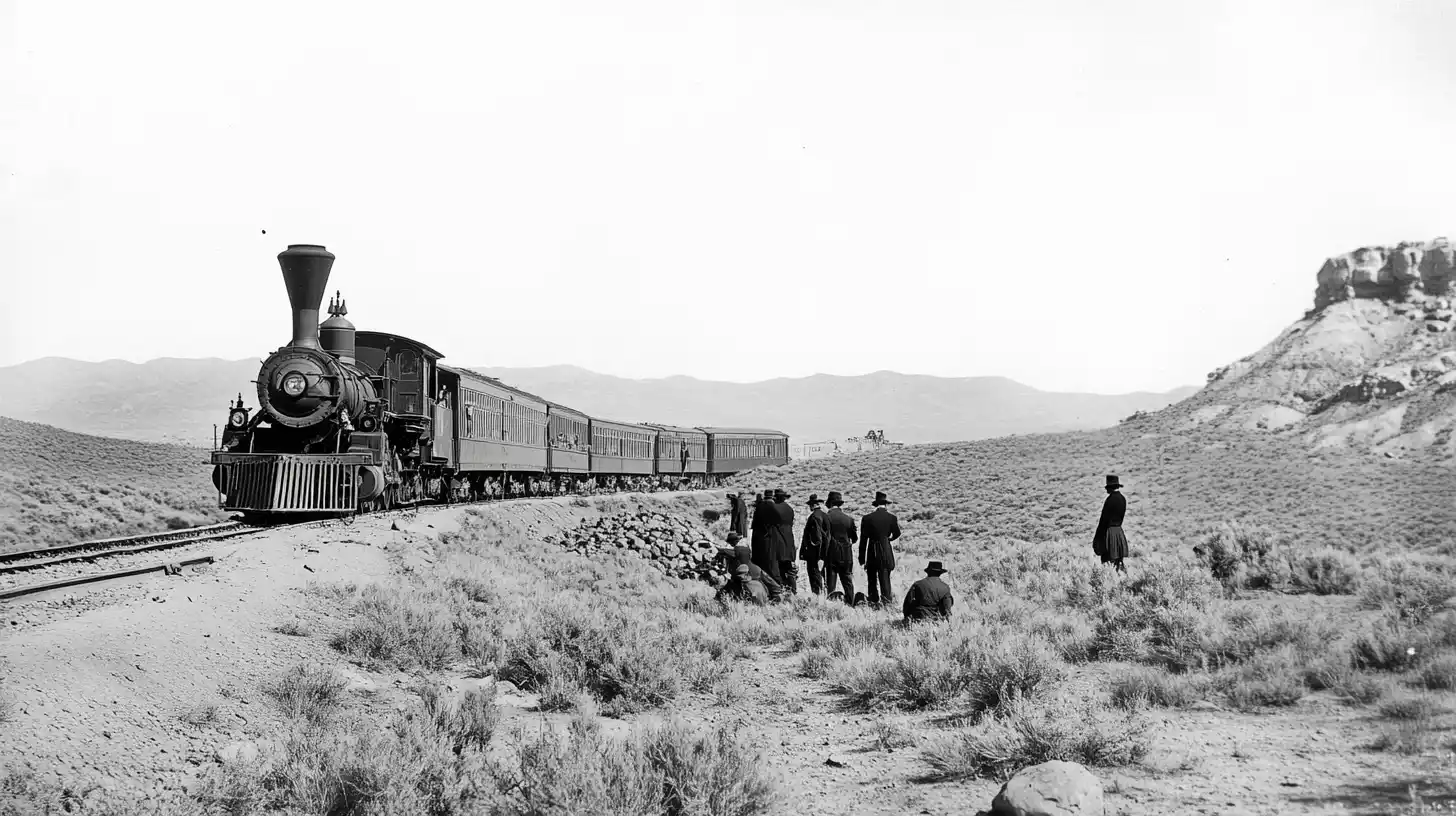
The first transcontinental railroad robbery in the United States occurred on November 4-5, 1870, near Verdi, Nevada.
It was a daring heist led by "Smiling Jack" Davis and his gang, who made off with over $50,000 in gold and silver using their boot tops as makeshift sacks.
While most of the loot was recovered and the robbers were swiftly apprehended, approximately $3,000 in gold remains unaccounted for to this day, fueling ongoing speculation about buried treasure in the hills around the Truckee River.
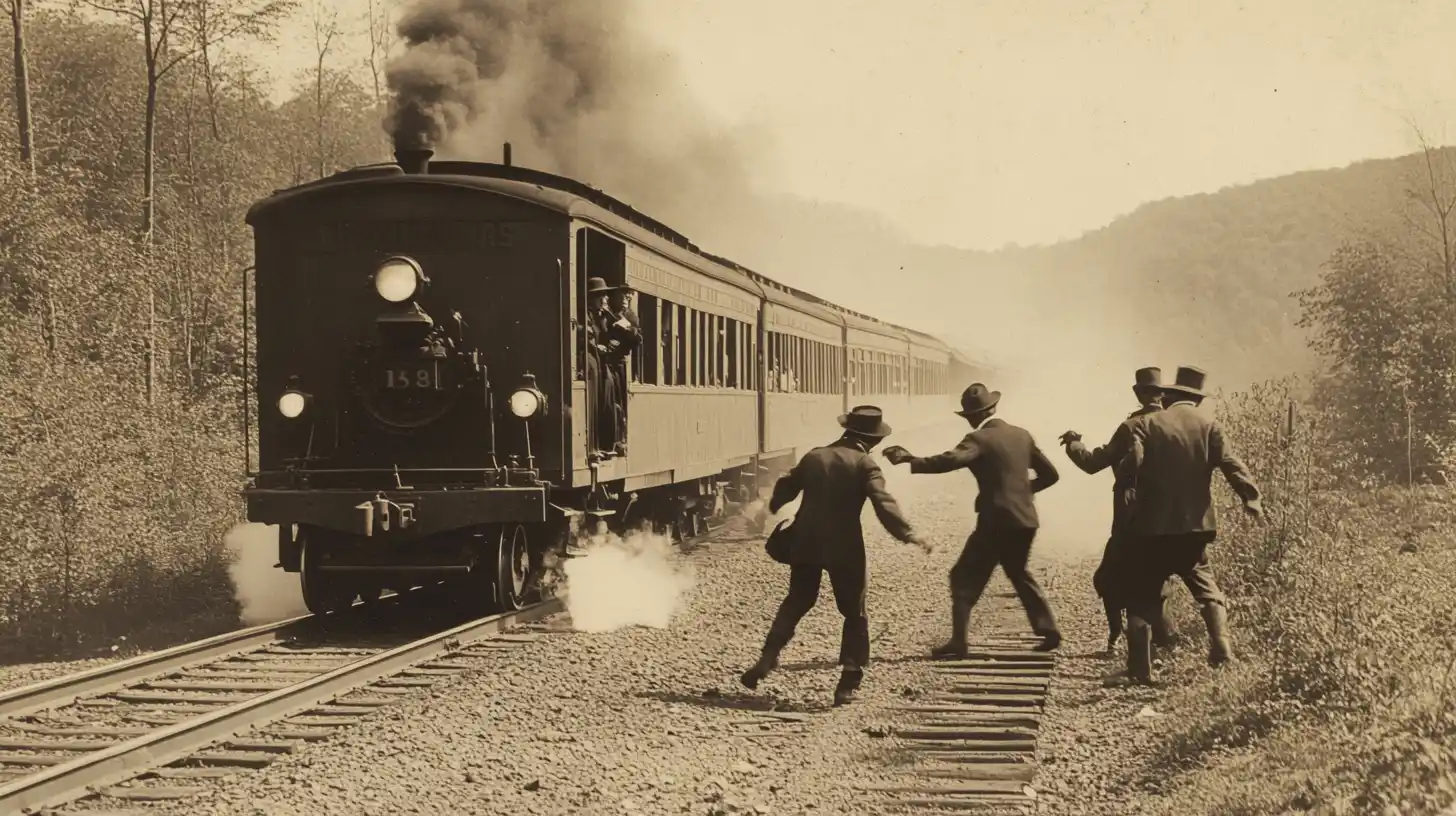
The Rondout Train Robbery of 1924 was the largest and most successful train heist in U.S. history, netting over $2 million in stolen goods—and was masterminded by William J. Fahy—a corrupt Postal Inspector who became the only Postal Inspector ever convicted of federal mail theft.
Fahy, once known as "bad medicine for train robbers" and credited with solving nearly every major mail robbery in the previous five years—conspired with notorious gangsters including the Newton Boys to pull off this audacious crime—leading to his downfall and a 25-year prison sentence.
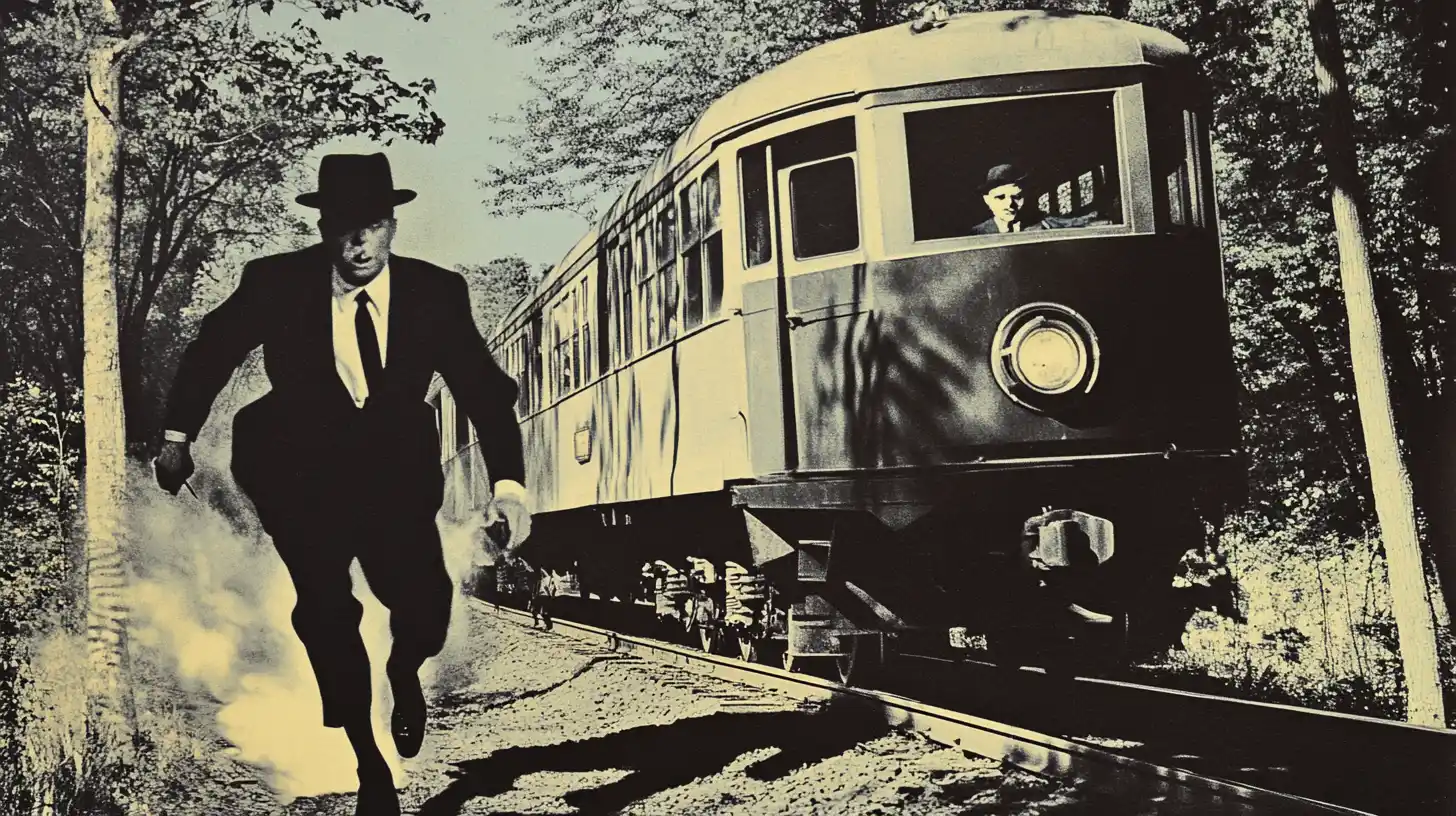
The Great Train Robbery of 1963 was a daring heist in which a gang of 15 thieves stole £2.6 million (equivalent to about £69 million today) from a Royal Mail train in Buckinghamshire, England.
The gang played a game of Monopoly using the stolen money while hiding out at their farmhouse hideout, leaving behind fingerprint evidence that would later help convict them.

The Kakori Train robbery, orchestrated by Indian revolutionaries in 1925, was a daring heist aimed at funding the independence movement against British rule by stealing tax money from a train.
The revolutionaries went on hunger strikes while imprisoned, with some refusing food for over 40 days, to protest being treated as common criminals rather than political prisoners.
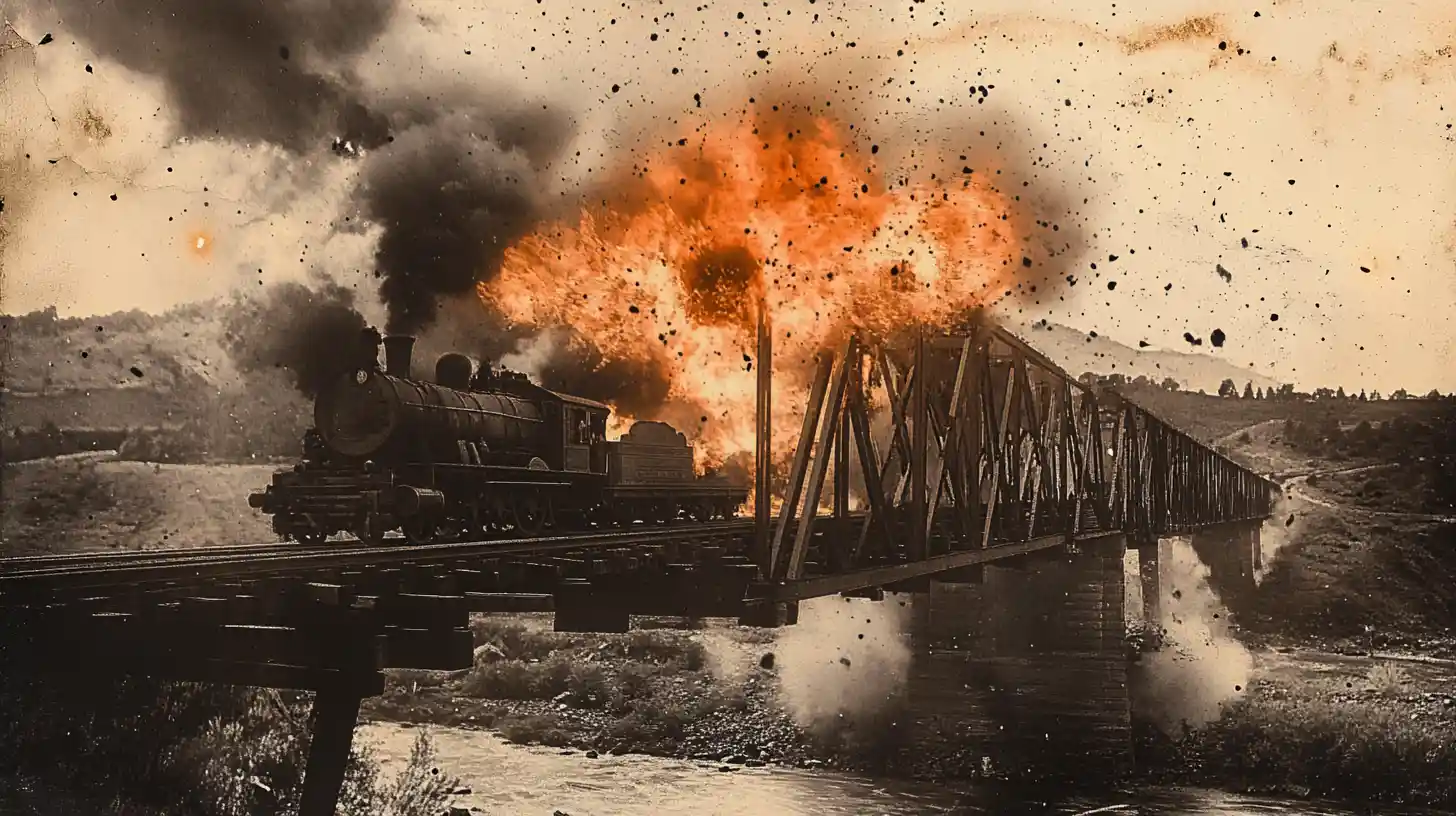
On June 2, 1899, five masked men robbed a Union Pacific train near Wilcox, Wyoming, blowing up a bridge and using excessive dynamite that destroyed an entire railroad carriage, making off with about $36,000.
While Butch Cassidy was not directly implicated in the robbery, he was later seen spending gold coins in a saloon.
Despite his outlaw reputation, he had been pardoned by the Wyoming Territorial Governor just a few years earlier after promising not to commit any crimes in Wyoming.
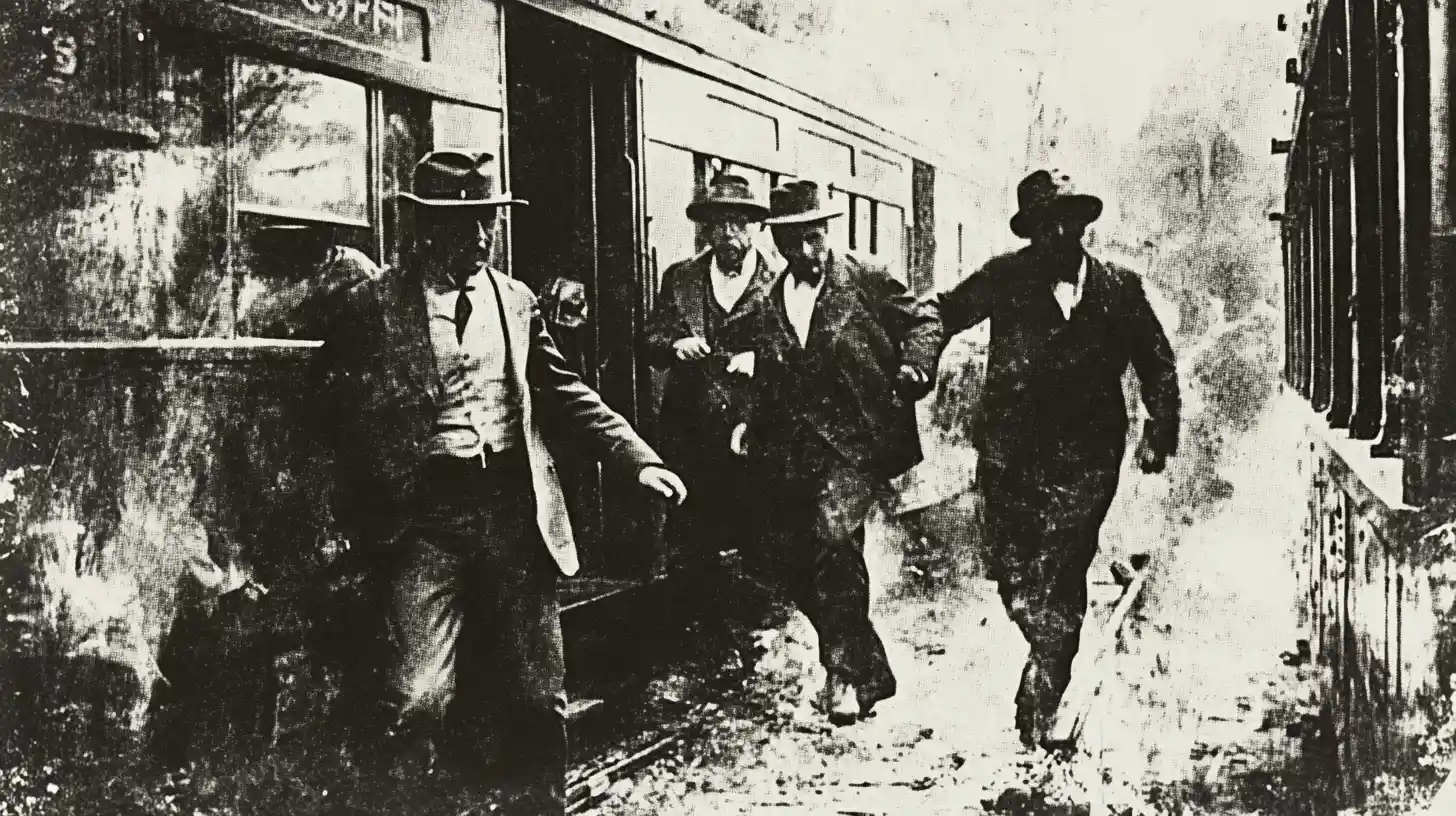
The Newton Gang pulled off the largest train robbery in American history in 1924 near Rondout, Illinois, netting an astounding $3 million in cash, jewelry, and securities—equivalent to over $45 million today.
One of the gang members was accidentally shot by his own brother during the heist.
This led to their eventual capture and marked the end of their prolific crime spree that had spanned 75 bank robberies across 10 states and even into Canada.
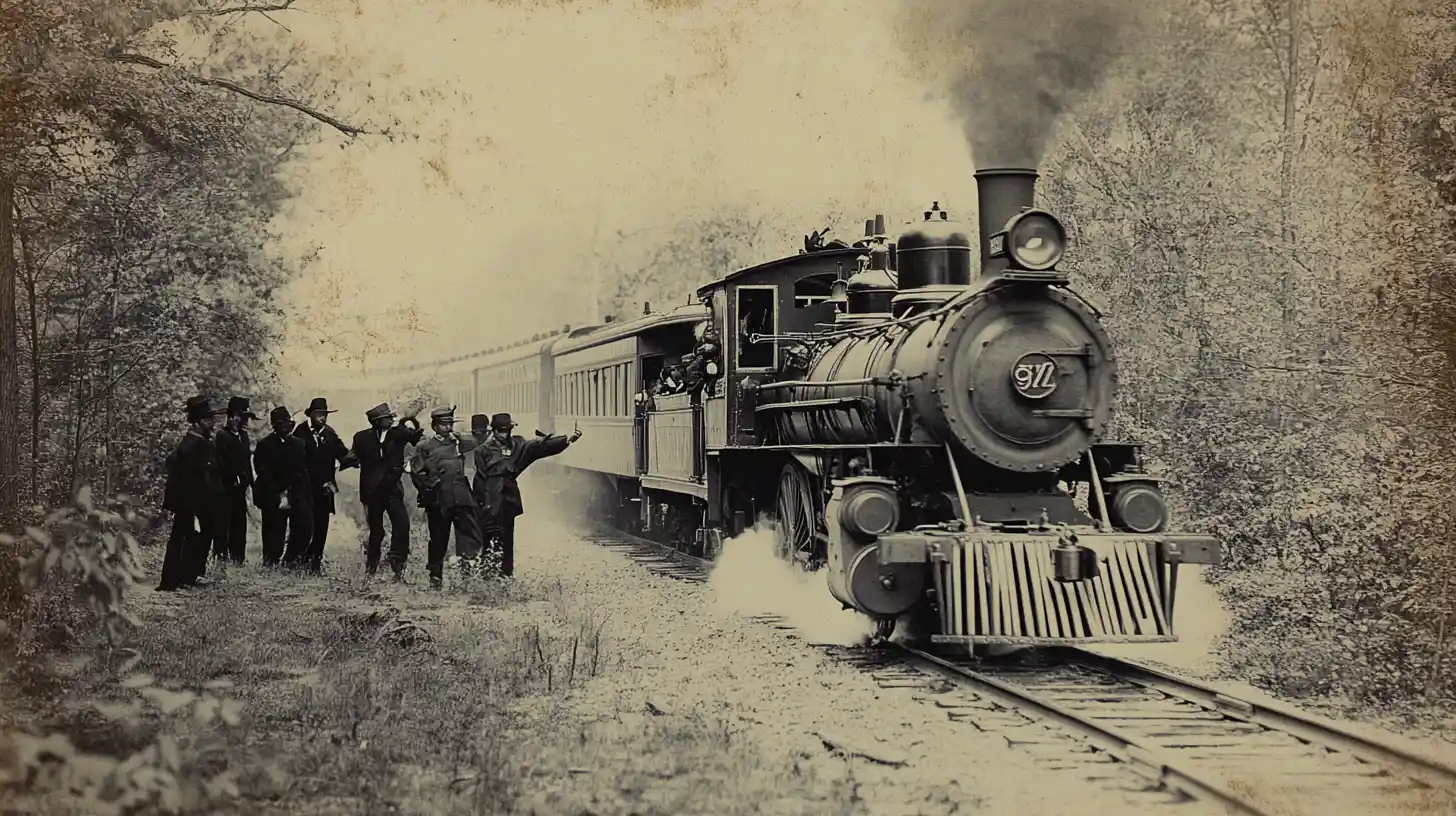
Jesse James, a former Confederate guerrilla fighter under the violent William Quantrill, carried out his last train robbery at Blue Cut, Missouri in 1881, five years to the day after his gang's disastrous bank robbery attempt in Northfield, Minnesota.
Jesse James was later assassinated by his own gang member Robert Ford, and his death was investigated at the Patee House—the same building that had served as the headquarters for the Pony Express in 1861.
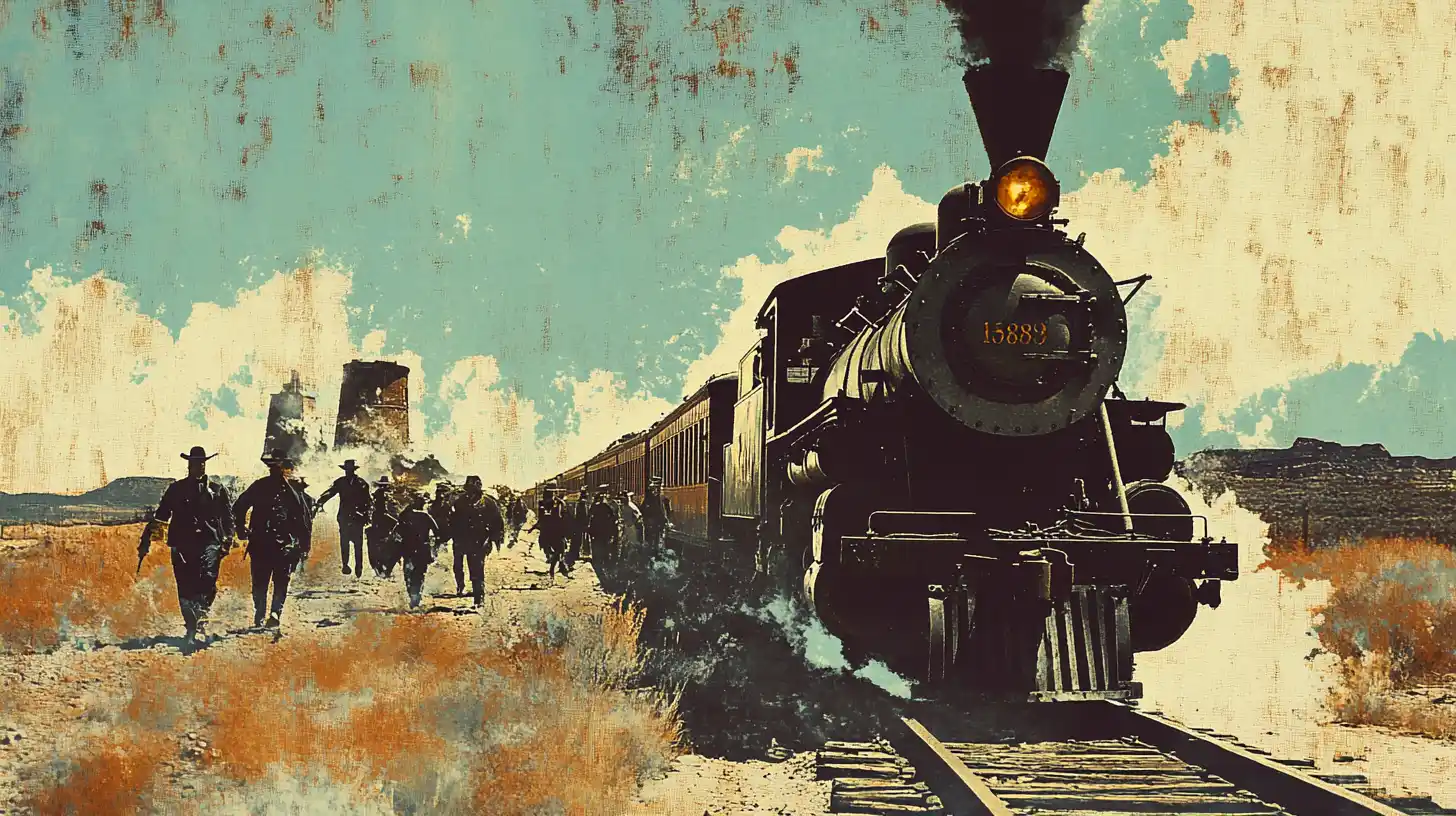
The Fairbank train robbery of February 15, 1900 was a unique event in the Old West, where bandits attempted to hold up a Wells Fargo express car in a public place.
It was thwarted by express messenger Jeff Milton who, despite being shot in the shoulder, managed to wound "Three Fingered Jack" Dunlop and slam the car door shut before falling unconscious.
Two of the robbery's organizers, Burt Alvord and Billy Stiles, were actually serving as deputy sheriffs in Willcox at the time, secretly orchestrating train robberies to supplement their meager law enforcement salaries.
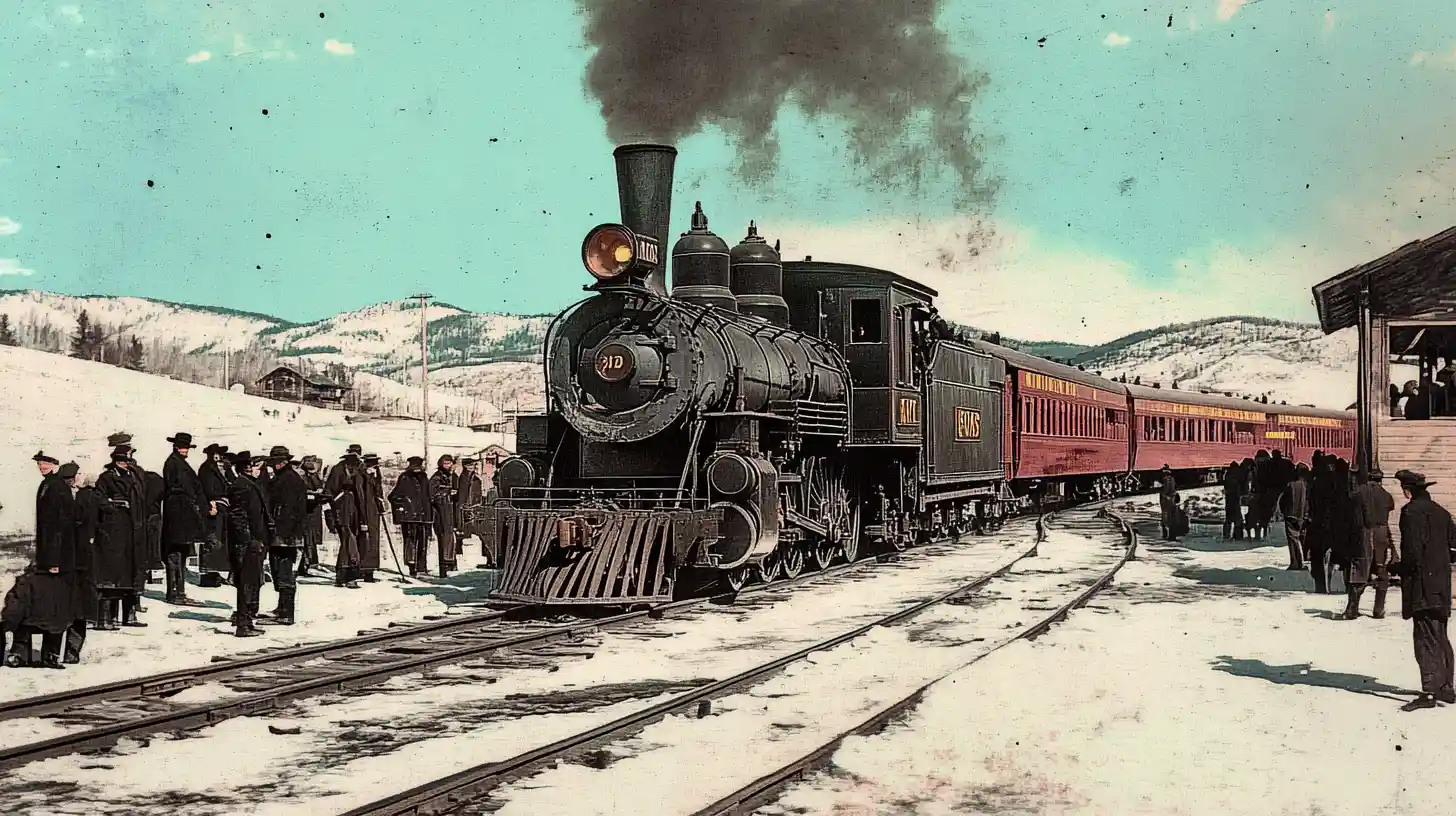
Kid Curry, a notorious outlaw of the Wild West, pulled off a daring $40,000 train robbery of the Great Northern near Malta, Montana in 1901.
Curry obliged the express messenger's request for a souvenir by emptying his pistol and tossing it to him as a keepsake, showcasing the strange mix of violence and showmanship that characterized his legendary status.
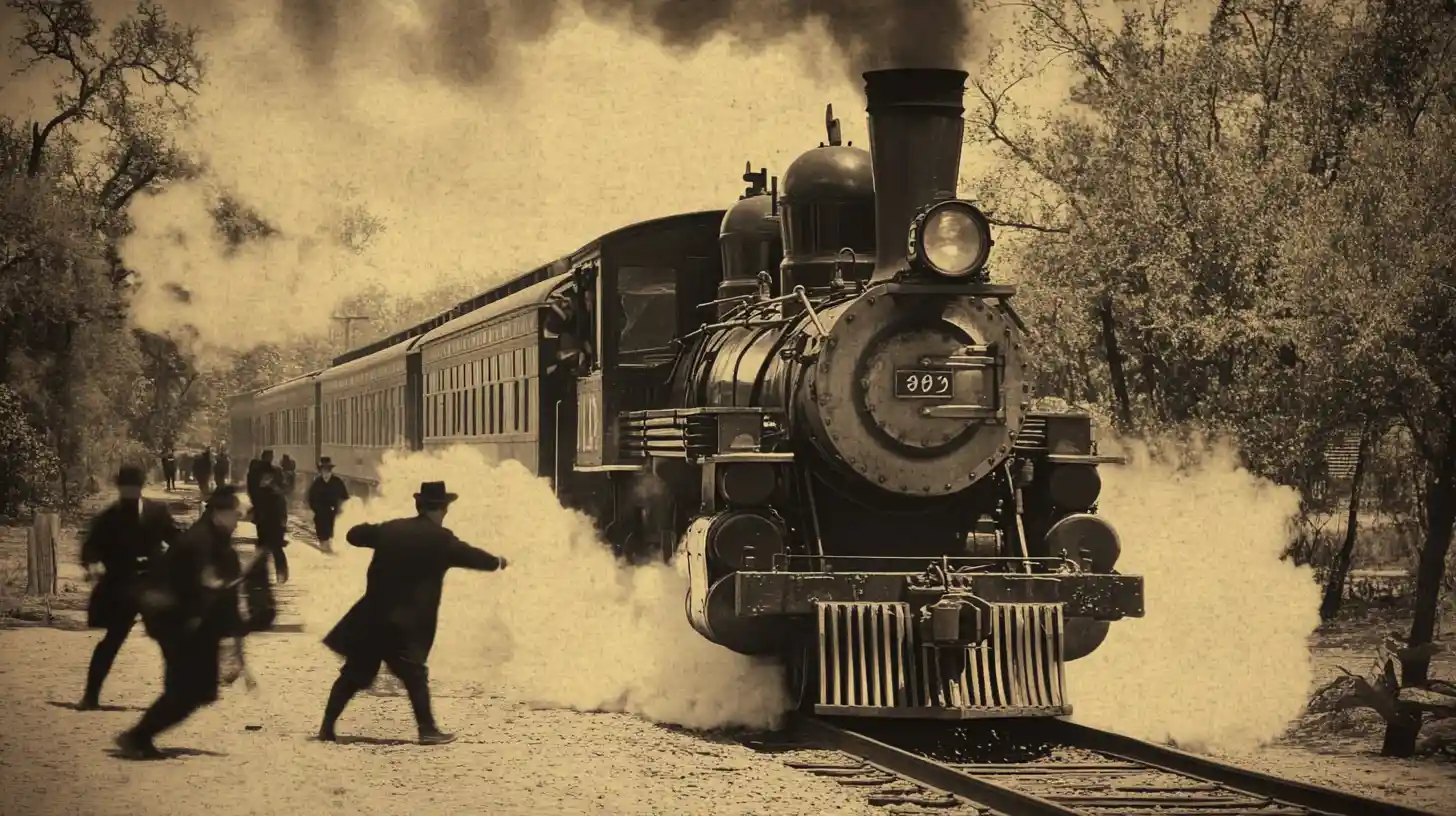
The Baxter's Curve Train Robbery of 1912 in Texas was thwarted when express messenger David A. Trousdale killed both bandits, Ben Kilpatrick and Ole Hobek, using an ice mallet meant for frozen oysters and a stolen rifle.
The robbers had shod their getaway horses backwards to confuse pursuers, and their bodies were propped up in front of the Sanderson depot for a now-famous photograph before being buried together in a single large wooden coffin.
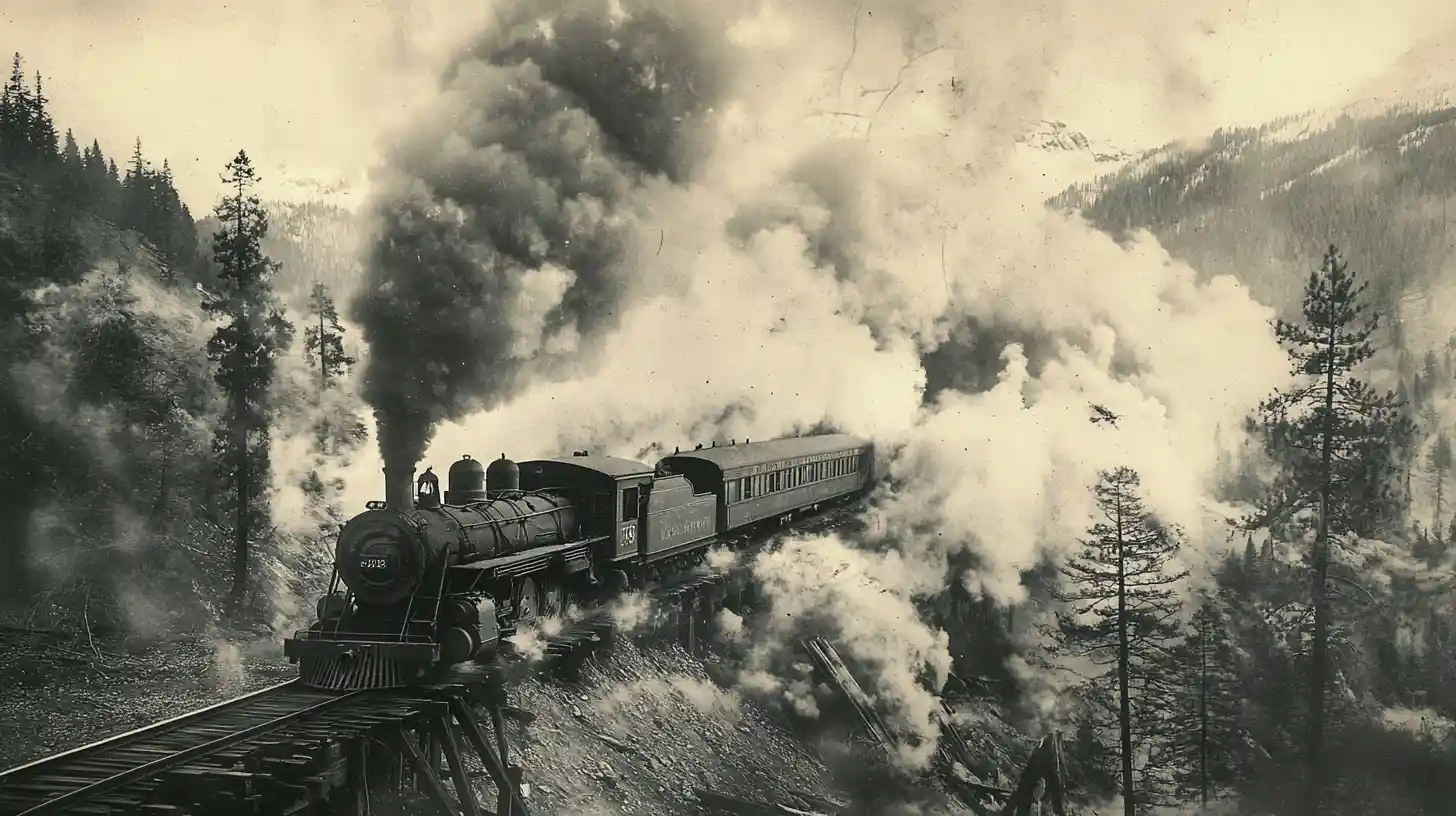
The DeAutremont brothers' attempted train robbery at Tunnel 13 in Oregon's Siskiyou Mountains on October 11, 1923, ended in disaster with four men dead and no loot taken.
The brothers used an entire box of dynamite to blow open a mail car door, incinerating its contents and killing the postal clerk inside.
Their botched escape led to a nearly four-year manhunt that concluded with pioneering forensic work, including the use of iodine vapor to reveal a faded receipt that ultimately identified the culprits.
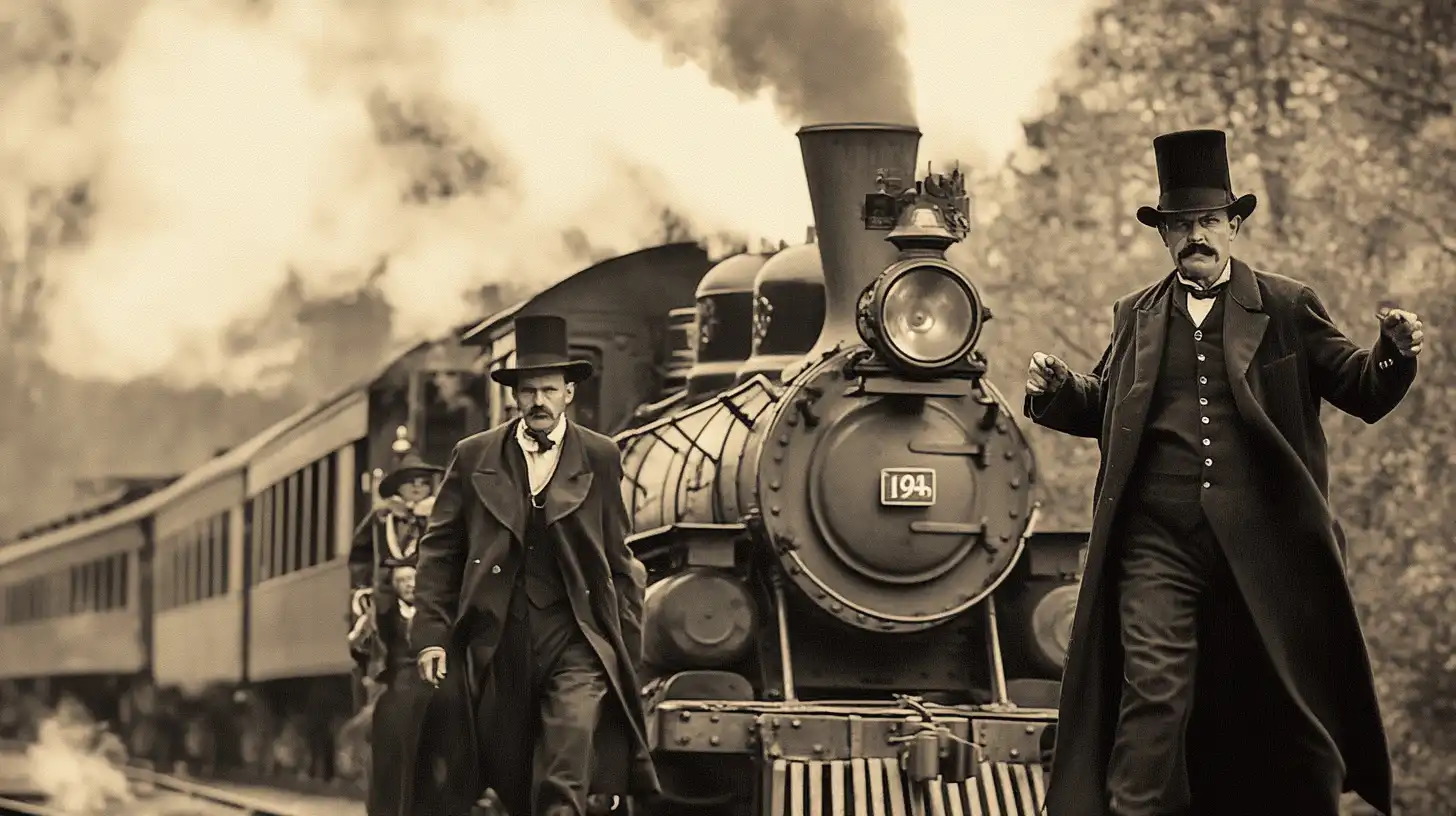
In 1906, the notorious "Gentleman Bandit" Bill Miner and his accomplices attempted to rob a train near Kamloops, British Columbia. He botched the job by targeting the wrong car and only managing to steal $15 and a bottle of kidney pills.
Despite this comical failure, Miner's capture and trial became a media spectacle, with throngs of supporters lining the tracks as he was transported to prison, apparently pleased that someone had finally taken on the unpopular Canadian Pacific Railway.
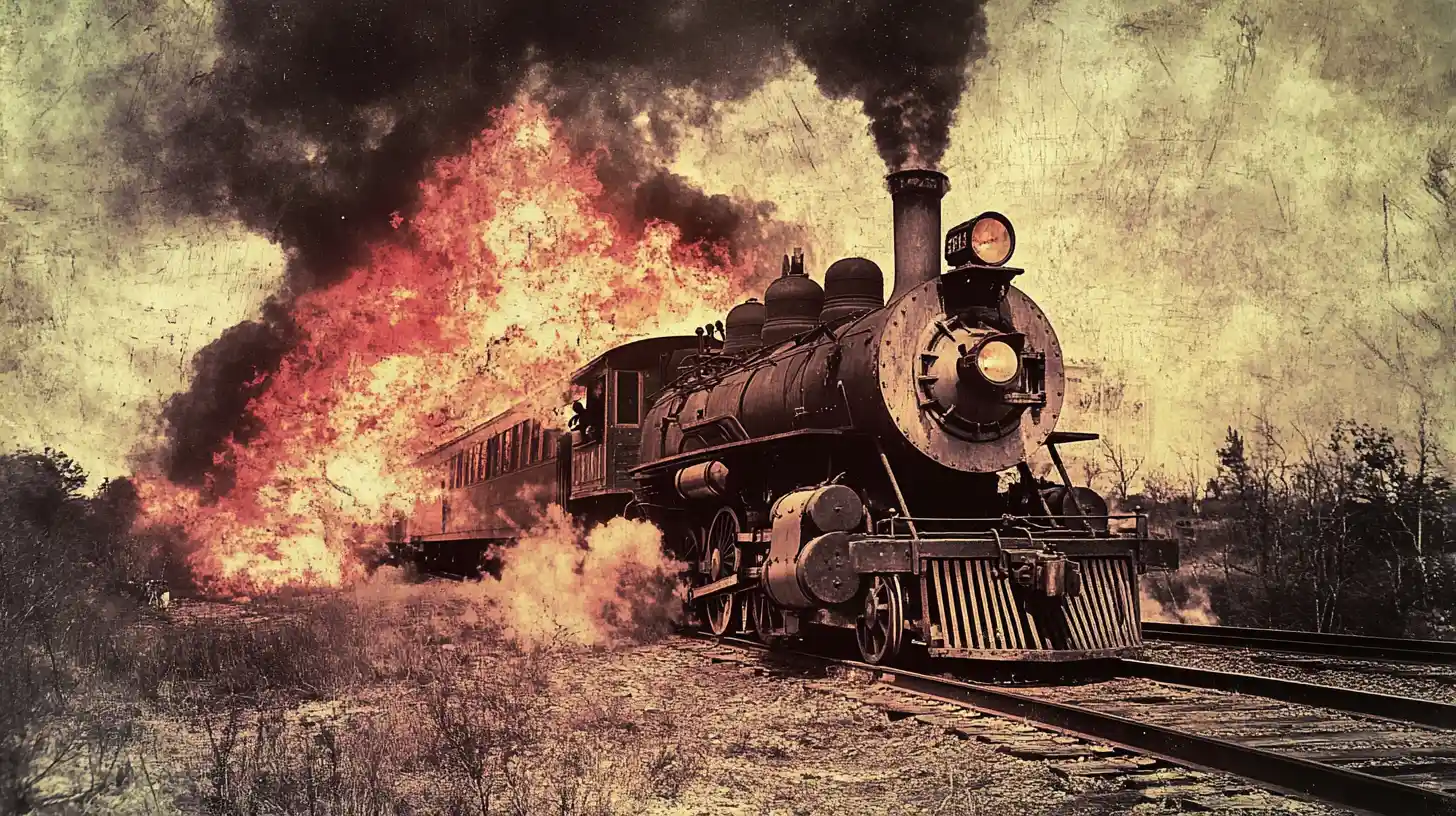
In 1912, a daring train robbery occurred near Poteau, Oklahoma, where four masked bandits used nitroglycerine to blow open a safe and stole over $7,000 plus registered mail from a Kansas City Southern passenger train.
A potential catastrophic collision with an oncoming freight train was narrowly averted by a brave brakeman's frantic signaling.

The infamous Jesse James and his gang robbed the Crowell Bank in Baxter Springs, Kansas in 1876, making off with $2,900—a sum equivalent to over $80,000 today.
The very building where this brazen daylight heist took place still stands and now houses a cafe on Route 66, serving up history alongside its menu items.

In 1874, the notorious James-Younger Gang pulled off the daring Gads Hill Train Robbery in Missouri, netting $12,000 (equivalent to $290,000 today) while bizarrely avoiding robbing women and working men by examining passengers' hands for calluses.
The gang's audacious tactics included creating a bonfire on the train tracks and waving a red flag to stop the train.